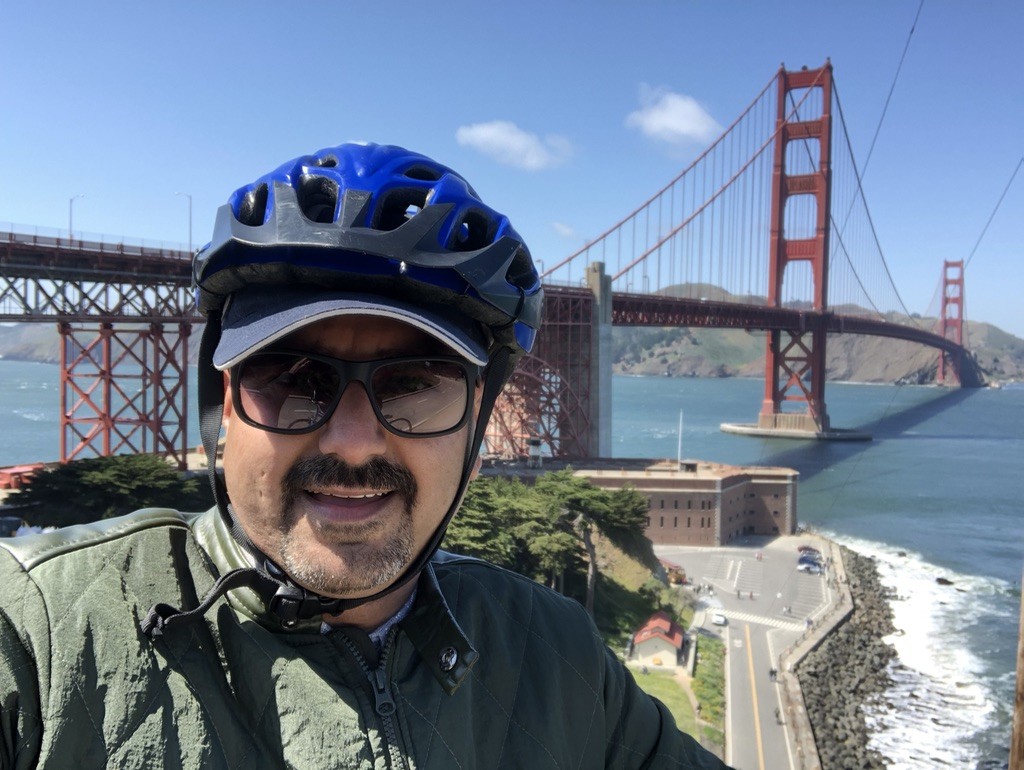Ladakh is the forbidden land – it features twinkling stars, the highest motorway in the country, monastery-paved panoramas, some of the world’s highest mountain passes, and the brightest rainbows ever! It’s cobalt blue sky and soundlessness seduce tourists in no time. But look out! There are also hundreds of precarious highways, patchy communication, lack of infrastructure, and traffic jams on questionable roads overlooking steep cliffs. That said, dreaming of floating and gliding across this magical faraway land is all very well but keep these things in mind before planning a road trip to Ladakh.
- Make sure you have a good driver who is comfortable off-roading
Once you reach the state of Jammu and Kashmir during your journey to Ladakh, roads start to get worse. At times the landscape is spectacular but quite inhospitable – think winding highways, unpaved alleyways facing steep cliffs, and crowds of traffic on high mountain passes. Make sure you’re happy driving on a hill and never drive if you’re even slightly tired. Every second of the way on the roads inside and around Ladakh needs your full attention. Its good to be confident, but overconfidence can be dangerous. So make sure you never get complacent. Try driving a SUV, if possible. It’s not mandatory, but it’s going to make things easier. If you drive back via Manali from Ladakh to Delhi, expect encountering slippery roads, potholes, unpaved roads, and stretches of rubble and grit. It’s a scenic drive, but it’s a back-breaking one too. My back is just struggling while I think about it. So make sure you have a competent driver who is comfortable off-roading too.


- Do carry supplies and medicines
Ladakh is one of the world’s remotest places. Health supplies can be difficult to obtain in certain places so it is best to be well-equipped. Bring a bag of first aid and any medicines that you take daily. Here are Don’t forget to carry the altitude sickness tablets. Try to acclimate slowly to high altitudes. This is no problem if you’re driving to Ladakh and stopping along the way. The gradual rate of ascent will allow you plenty of time to acclimatize to higher altitudes. Try choosing hotels or camps that have supplies of oxygen, should you need them. Confirm this before you book your accommodation. Don’t let this whole thing scare you. These are only precautionary measures as it is always advisable to be safe than sorry.


- Make lots of unsolicited stops on your way
Safety is not the only reason you should start your drives on the way to Ladakh early on. This road trip is one of the most scenic drives that I have ever been to. At every corner, be ready to be amazed looking at beautiful panoramas. We could not help stopping our car every 30 minutes to take pictures of the glaciers, gushing rivers, azure skies, and rainbow. Drives that should take 1 hour would often take us a couple of hours. But this is Ladakh and the journey here really matters.


- Do not rely on mobile connectivity or expect a good internet connection
Cell access at Ladakh is very poor. In Jammu & Kashmir state only postpaid Airtel and BSNL connections work. On your Ladakh road trip, however, once you cross the town of Sonmarg, you’ll only get connectivity in a few major towns. Connectivity after the town of Kargil is extremely sparse. Airtel links work in Leh City and BSNL connection work in most of Ladakh’s major tourist centers including Leh City, Pangong Lake, and Nubra Valley. In these parts, mobile data is a myth – there is no 3G connectivity, so it’s almost impossible to use your mobile phone to browse the Internet. A perfect excuse for a digital detoxification.


- Do not blindly follow your GPS
Your GPS will find the shortest route for you, but there is a high chance for the roads to be in extremely bad shape on this route. Read a little bit beforehand about the route – a number of websites and blogs provide detailed information about these routes. Make sure you read a few recent entries so that you are updated on road conditions in a given area. Try to stay on the highway at all times, even if your GPS suggests otherwise. And if you are in doubt, ask the locals. They are friendly and will go out of their way to help and guide you.












